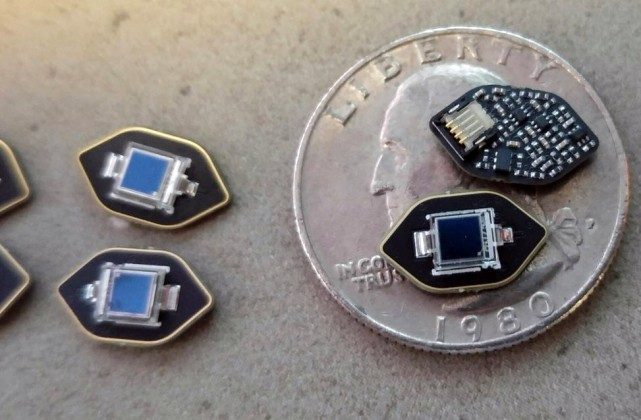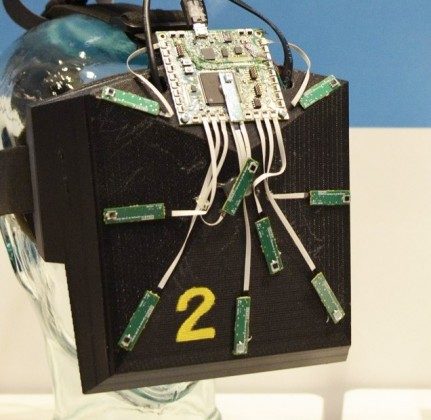Valve’s ‘Lighthouse’ tracking system relies on an array of sensors which detect laser sweeps from the accompanying base stations. Valve has shown a glimpse of the latest iteration of the sensors which are remarkably small compared to earlier prototypes.
Valve’s “chief pharologist“, Alan Yates, tweeted a photo of the latest iteration of the Lighthouse sensor, tiny photodiodes which cover the HTC Vive headset and controllers to achieve what the company calls ‘room-scale’ tracking.
The photo shows the miniscule sensors and tiny onboard electronics against the backdrop of a US quarter for scale. One of the biggest real-estate hogs on the sensor appears to be a pin array for connecting the sensors together. Prior prototype sensors were far larger.
See Also: 10 Things You Didn’t Know About Steam VR’s Lighthouse Tracking System
The diminutive sensors offer exciting potential for the creation of standalone sensor pucks which could be easily affixed to any object to enable Lighthouse tracking. Valve has said they want to make Lighthouse the widely used standard for VR tracking.








